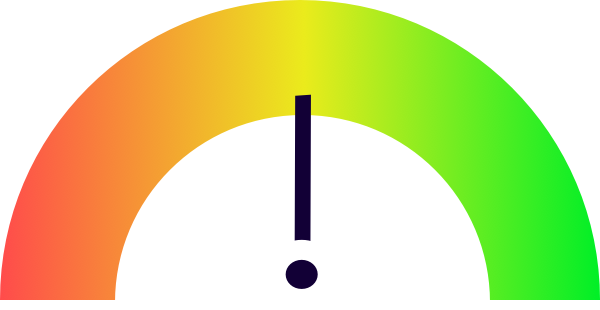We know that:
It is very important for free-trial users to activate their Groove account by either adding a Shared Inbox or Knowledge Base.
Based on years of data, we know that if free-trial users don’t activate their account within 24 hours, it’s highly unlikely that they’ll convert to a paid account.
We also know that testing different free trial periods is a simple, 101 experiment for a SaaS company to run. In the past, we’ve offered 90, 30, and our current 15-day free trials. During the pandemic, we even offered a 120-day free trial.
We believe that:
A shorter free-trial period will increase urgency and make it more likely that a trial user will activate their account, which in turn will increase our conversion rate for trial-to-paid.
We understand that we may get fewer trial signups because a shorter free trial is not as attractive as a longer trial; however, we believe that the signups that we acquire on the 7-day trial will be higher intent and more likely to convert to paid accounts.
Therefore we will:
Decrease our free-trial period from 15 days to 7 days, for all new trial signups.
Investment vs. Impact:

This experiment will require messaging and visual changes on the Groove website and in the Groove app. Overall, the effort of implementation and the cost of the experiment is very low.
Once we’ve made these changes, we theoretically only have to wait seven days to assess whether our changes are working. So this experiment has the added benefit of a quick feedback loop between making a change and seeing results.

Our Customer Lifetime Value is high, so increasing our trial-to-paid conversion rate will have a good long-term impact on the business.
Our current trial-to-paid conversion rate is 7.10%. If we can increase that conversion rate by just 1.4% to 9.5%, then we’d get 11 more paying customers each month. If we can maintain that conversion rate, it will amount to an additional 132 paid accounts each year.
In the table below, you can see how the impact compounds. With an estimated Lifetime Value of $11,520 per customer (our Average Customer Lifetime is 5 years), an additional 132 customers means that we’ll increase our revenue by more than $1.5MM over 5 years.
| Trial Customers p/m | Trial-to-Paid Conv. Rate | Paid Customers p/m | Paid Accounts p/year | Avg Lifetime | Avg Rev. Per User p/m | Lifetime Value | Revenue Over Lifetime |
|---|---|---|---|---|---|---|---|
| 440 | 7.10% | 31 | 372 | 5 years | $192 | $11,520 | $4,285,440 |
| 440 | 9.5% | 42 | 504 | 5 years | $192 | $11,520 | $5,806,080 |
| Increase | 1.4% | 11 | 132 | 0 | $0 | $0 | $1,520,640 |
Within one year, we expect to increase our ARR by $304,128 with this experiment. Given that we’re currently sitting at the $4MM ARR mark, this will mean a 7.6% increase in our ARR.
It’s also worth noting that this experiment has the added appeal of reducing time to revenue. Instead of waiting 15 days for revenue to come in, we’re only waiting seven.
We will measure:
The following metrics as at March 2023, compared to June 2023:
- Visitor-to-Trial
- Trial-to-Activation
- Trial-to-Paid
We are right if:
Trial-to-Paid conversion increases by any margin; however, our target is an increase of 1.4%.
If this works, then we will:
Make the 7-day free trial our standard free-trial offering.
How this will work:
- Change all calls to action on the website to “7-day free trial.”
- Change in-app warning of days remaining.
- Update the email drip notifications during the trial period.



Become a member to continue reading.
Join us — it’s free!

